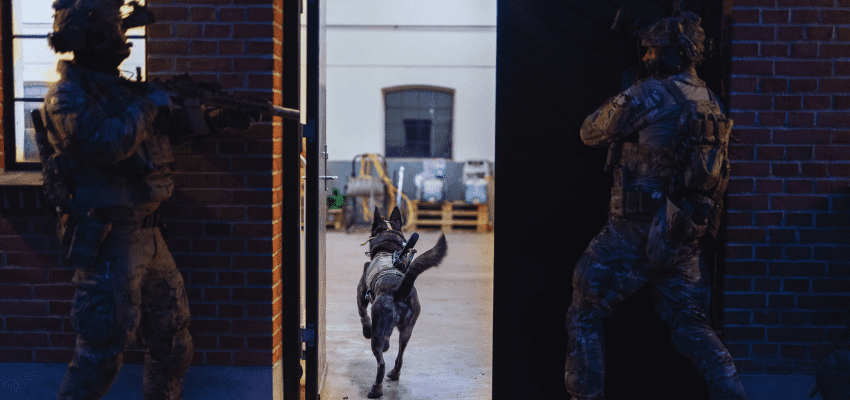This article was published by the Macdonald-Laurier Institute’s Washington office, the Center for North American Prosperity and Security (CNAPS.org). It originally appeared in The Hill. The full article can be read here.
By Casey Babb, November 25, 2024
The war on terror isn’t over. In fact, it is coming home.
In 2013, President Barack Obama suggested the time had come to end America’s forever wars in favor of targeted strikes on terrorists. A decade later, President Biden didn’t just echo this sentiment; he stated that the U.S. was no longer at war “anywhere in the world.” Others speak of the war on terror as a historical effort (which might offer lessons for Israel to heed in Gaza), or simply state that terrorism remains “remarkably quiet.”
But these assessments fail to acknowledge that the war on terror is still very much alive — and that the greatest threats we face could soon come from within.
Terrorism’s center of gravity has almost always been thought of as far away, as terrorists like Yahya Sinwar, Osama bin Laden, Abu Musab al-Zarqawi and Abu Bakr al-Baghdadi fought and died on the other side of the world. But the most fertile ground for extremism and fanaticism is changing.
***TO READ THE FULL ARTICLE, VISIT THE HILL HERE***
Casey Babb is a senior fellow at the Macdonald-Laurier Institute’s Center for North American Prosperity and Security, a fellow with the Institute for National Security Studies in Tel Aviv, an associate fellow with the Royal United Services Institute in London, and an adviser with Secure Canada in Toronto.






